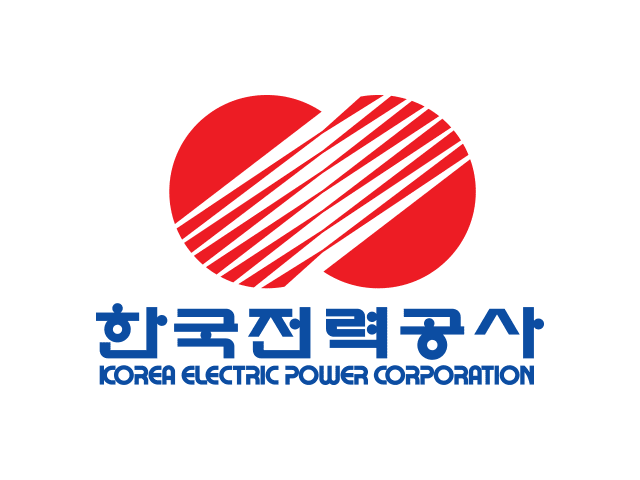The Peninsula
Bumpy Road Ahead for President Moon on the Energy Front

This briefing comes from Korea View, a weekly newsletter published by the Korea Economic Institute. Korea View aims to cover developments that reveal trends on the Korean Peninsula but receive little attention in the United States. If you would like to sign up, please find the online form here
What Happened
- KEPCO reported its worst quarterly operating loss since 2012.
- The poor performance partly stems from a 13.4% increase in the cost of liquefied natural gas, which represents 36% of KEPCO’s supply costs.
- Industry observers anticipate a rate increase.
- The Ministry of Trade, Industry, and Energy expressed concern about immediately raising electricity rates, citing the widespread financial stress that such a move would create.
- KEPCO does expect the lower fuel prices in the last quarter of 2018 to contribute to a better performance in the second quarter of 2019.
Implications: President Moon may face rising public discontent, as state utility provider KEPCO hints at the possibility of electricity rate increases in the near future. In particular, people will likely blame the cost of living on the administration’s policy of phasing out nuclear and coal-powered plants. Potentially exacerbating the discontent, households will shoulder a greater share of the burden for any forthcoming increases in rates. This is because industry and manufacturers have already seen their rates increase over the past several years. Nonetheless, the incumbent administration may confront a pointed debate over the rate hikes on households. President Moon may also face the oft-repeated criticism that his administration is paying too little attention to the livelihood of everyday people.
Industry observers also point out that KEPCO is attempting to gauge public sentiments before making any decisions. As such, the government may choose to ride out the storm and hope for global energy prices to fall further.
Context: KEPCO has historically kept household rates low and industry rates high. By comparing the average electricity rates of other developed countries, the utility provider’s recent report may be building the case for raising household rates. According to the utility provider, Korea’s average electricity price was 125.1 won (~$0.10) per kwh in 2017, compared to 263 won (~$0.22) in countries such as Italy, the United States, and Germany. Beyond consumer prices, KEPCO is also concerned that the broader economic slowdown and the resulting demand reduction could further hinder KEPCO’s performance.
Korea View is edited by Yong Kwon with the help of Haram Chung, Yea Ji Nam, Steven Lim, and Haeju Lee.
Picture from KEPCO
